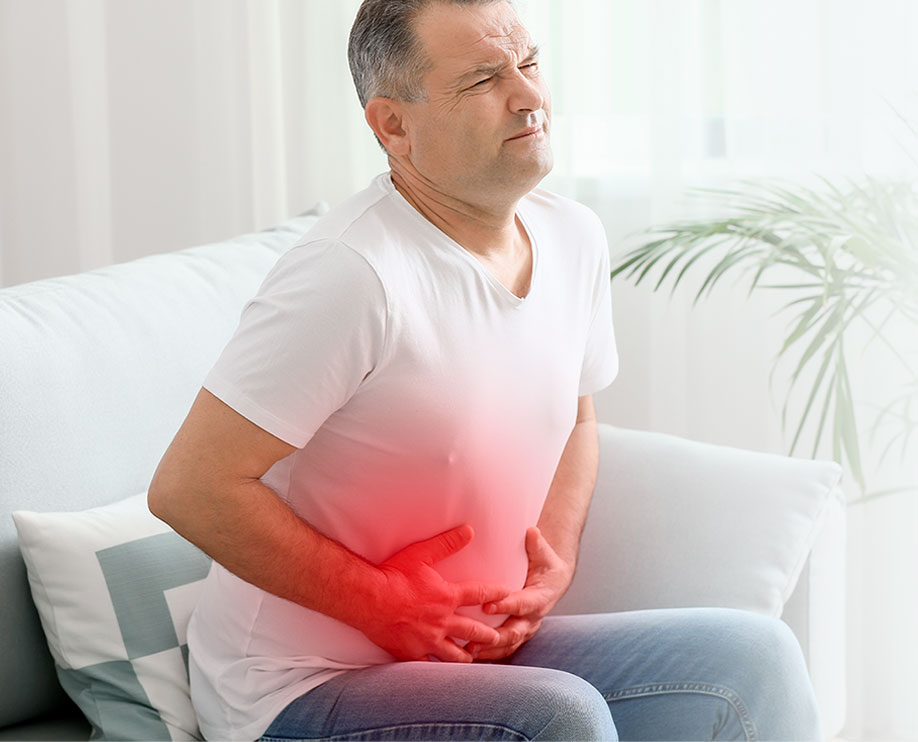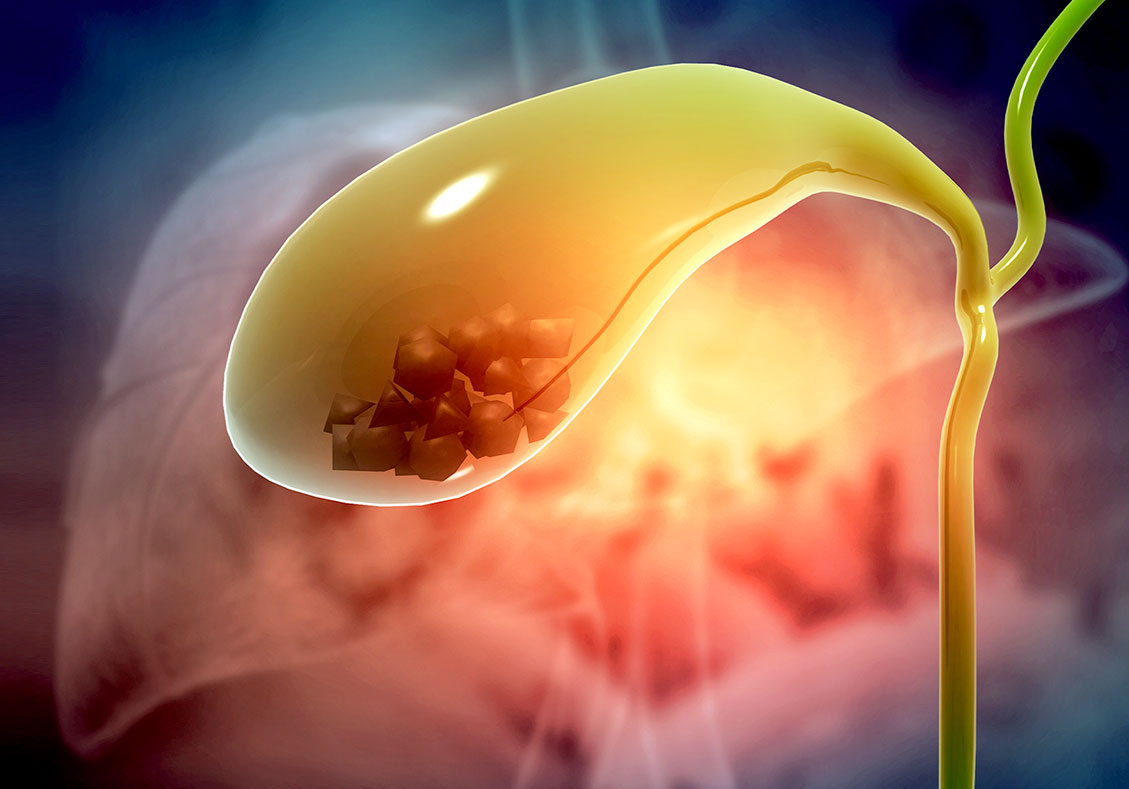Understanding Gallstones
The gallbladder is a small organ in the right upper abdomen under the liver. When healthy, it stores some of the bile that is made by the liver. Bile is necessary to digest and absorb the fats in the foods we eat. When there is an imbalance of the chemicals in the bile, gallstones can form.
Gallstones can range in size from a grain of sand to a golf ball. The gallbladder can develop a single large gallstone, hundreds of tiny stones, or both small and large stones. Gallstones can cause sudden pain in the upper right abdomen. This pain, called a gallbladder attack or biliary colic, occurs when gallstones block the ducts of the biliary tract.


- Adults above 40 years
- Overweight patients
- Family history of gallstones
- Pregnant women and those who are on birth control pills
- People undergoing sudden weight loss
- People on carbohydrate and/or calorie-rich diet
Some gallstones remain ‘silent’ and do not cause any symptoms. However, others move and block the bile flow, causing a sudden pain in the upper right abdomen.
This condition, called gallbladder attack or biliary colic, can last for an hour or more and may resolve by itself. However, prolonged blockage of the bile duct can cause serious health issues
If you have any of the below symptoms, visit a surgical gastroenterologist or a gastro surgeon immediately without further delay.
- Severe pain in the abdomen lasting for more than 5 hours
- Nausea and vomiting
- Presence of fever or chills
- Yellowish discoloration of the white of the eye or skin, known as jaundice
- Discoloration of urine and stools

The following methods are utilized by your doctor to diagnose gallstones:
- Ultrasound- visualizes the gallstones, their location, and number
- CT scan or MRI are used to help exclude other causes of abdominal pain, and may be used to diagnose complicated gallstone disease
- Blood tests determine concomitant infections, obstruction, pancreatitis, and jaundice
- Endoscopic ultrasound (EUS) - utilizes an endoscope that is inserted into the stomach and the duodenum (first part of the intestine) and can locate the stones in the bile duct
- Endoscopic retrograde cholangiopancreatography (ERCP) can be used to remove stones in the bile duct once they are confirmed
Fill out the form below and we will call you to schedule an appointment at your earliest convenience.

Sat: 9am to 12pm
Closed on Sunday and
Public Holidays
Gleneagles Medical Centre,
6 Napier Road, #10-01,
Singapore 258499
Tel
:
+65
6475 1488
Fax
: +65 6475 1489
Email
:
info@liversurgery.com
Mount Elizabeth Medical Centre
3 Mount Elizabeth, #12-14,
Singapore 228510
Tel
:
+65
6737 8878
Fax
: +65 6737 5088
Email
:
info@liversurgery.com
Mount Alvernia Hospital
820 Thomson Road,
Medical Centre E,
Icon Cancer Centre,
Singapore 574623
Tel
:
+65
6721 3470
Email
:
info@liversurgery.com
HMI Medical Centre
12 Farrer Park Station Rd,
Singapore 217565
Tel
:
+65
6322 6333
Email
:
info@liversurgery.com